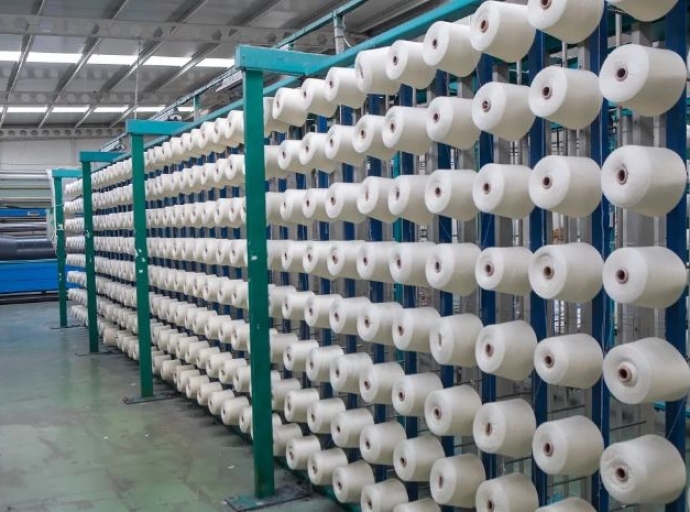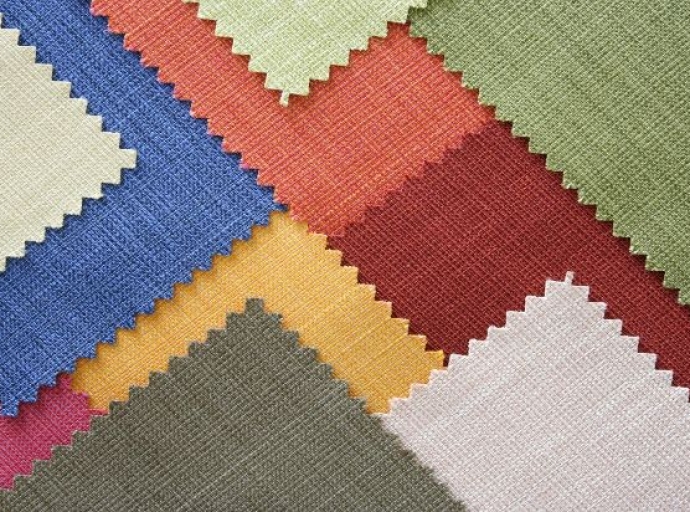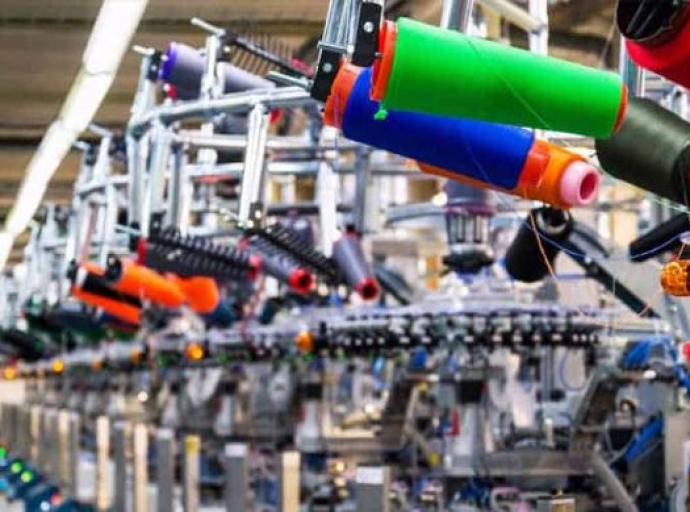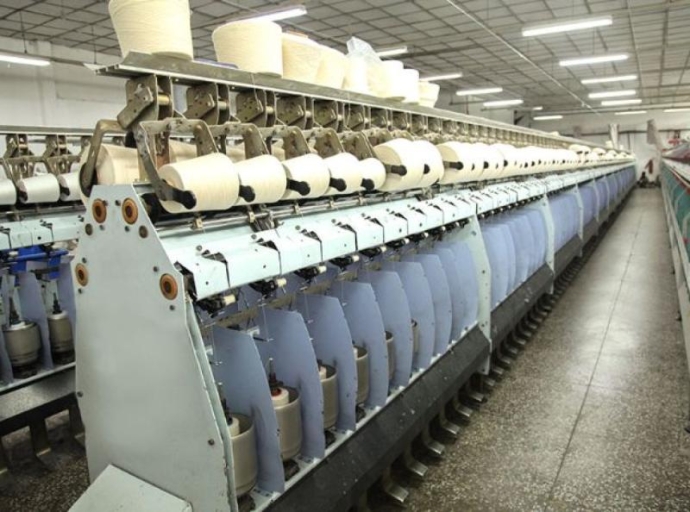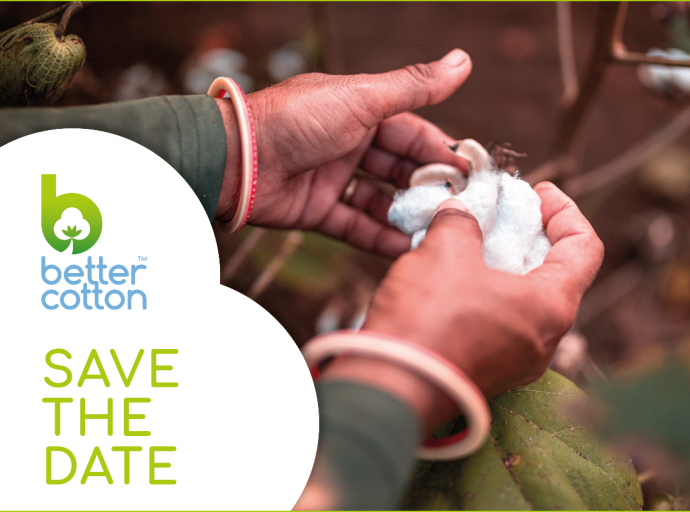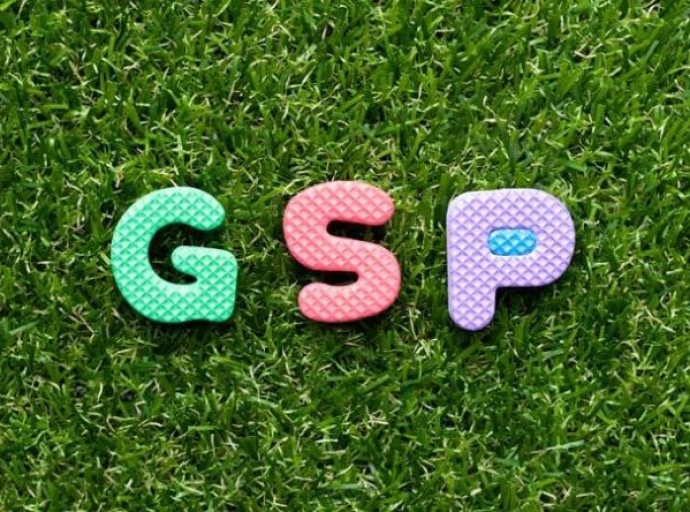20 May 2023, Mumbai
Has the time come to attend that party or evening event to which you were invited months ago and you don’t have the slightest idea of how to dress? That has happened to all of us!
You might think that dressing at night is quite simple, but the truth is that it can be
complex, especially if you don’t have much information about the event or you have a short wardrobe of clothes.
Fortunately, inspiration can be taken from many places. In fact, when we talk about nightwear for men, there are always the classics that can never be missing and that if you use them you will look good and not clash, but you can also take a little risk.
Are you one of those men who wants to show off? Well, what Sainly recommend is that you need to pay attention to what celebrities use. These men are advised by the most important designers from all over the world, so if they wear, what’s in style, they create trends.
Let’s go there!
The dress code of the party
Maybe when I say “ dress code ” it sounds very strange to you and you don’t have the slightest idea what I’m talking about, but it’s nothing complex. It is about the dress code that the party has, some are a little more elegant and you will need a particular type of clothing, it is not going to be out of place in the place.
These are some of the most common dress codes, and I’m sure one of them will
help you.
Dress code: Label
If the party to which you have been invited, the a is “label”, which means that this
party is the epitome of elegance. There is no reason you can appear there if you
don’t have a nice suit and tie to match.
What you need is a solid colour shirt, slacks and leather shoes in black or, in the
best of cases, brown, you cannot improvise so much, you have to look correct.
Dress code: Gala
In case your party is a gala, the dress style is a little more relaxed than in the
etiquette, but you can’t be too lax with what you wear either. One of the basics for this type of event are tuxedo, they are a classic and give you enough elegance, but perhaps with a bit of freshness.
What is good about this type of dress code? Well, you can play a little with the
colours you wear, maybe wear a dark blue suit or change to white, but always stick with neutral shoes, black is the best alternative.
Dress code: Semi-formal
Now here you can breathe a little more and feel somewhat relaxed with what you are wearing, the demands are less compared to the previous options, but do not trust yourself.
The suit here is also essential and fundamental, but you can vary a bit.
Perhaps wearing a two-button suit will make you look younger and fresher.
Another alternative is that you use bow ties that are more informal, especially if you add a print, these are very fashionable and look excellent as long as you have a neutral base.
How to know about the dress code if it is not reported?
Well, the first thing you can do is look at the time the event will take place. If it’s an overnight celebration, it’s more than obvious that the dress code is a bit fancy. The night lends itself to the best suits being taken out, so don’t go casual for the world.
Another alternative is also to find out about the address, for example, if the event will be held in a venue that you know is elegant and that you can only enter with a reservation because it would be completely crazy to go without a tie and a good suit.
What will never fail when it comes to dressing at night?
Well, the basic ones are the ones that will always help you when you have certain doubts about what you are using. You may not know what to wear or what suits you best with your body type.
Not to worry; we’ve all experienced this.
And if you are already an adult man, but you want to continue looking somewhat
jovial, this is always a problem, but calm down, nothing happens, the basics will help you. What we will always recommend is that you go for a gala option, which never fails.
Don’t know how to achieve a look like this? Well, that’s not a problem, here we tell you what you need.
The suit is the base of everything
Yes, the suit is essential, and all the other accessories may be perfect, but if you
don’t have the right suit, the rest is likely to be a complete disaster. Although the
suits are basic, the ways they are used, the fabrics and the styles will always change over time.
What we recommend is that you have a suit made specifically for you. Having a
tailored suit is what will allow you to stand out, to be unique. This has to do with
making a store-bought suit fit your body is very complex. Suits may be made in
different places, so custom-made is best.
A trend that was implemented a few years ago is to wear suits that are a little tighter to the body. This is a trend that seemed like it was going to continue for a long time, but it is already in the past. Don’t go with a very big suit either, you need to find a middle ground. Straight and simple lines will always be the best option.
Choose the right shirt
Have you ever thought about how important the shirt is in an evening look? Well, the truth is that it is essential that it be perfect. Some people go for the quintessential basic which is white.
If you are this type of man, you may be on the right side of history, as it is an excellent investment and will serve you on many occasions.
Likewise, you can have a little more fun. Colours and patterns are trending around the world and have already found themselves wonderfully on shirts, but don’t overdo it.
For example, if you want some colour, we will always recommend pastels, they are subtle, but they add a touch of style.
Something that can also work for you is vertical stripes, but do not exaggerate the thickness of the stripes, they can elevate the look or make it a disaster. What do we recommend?
Well, subtle lines that are perceptible in the vicinity and not from several meters away. In this type of event, less is always more.
What is better, the tie or the bow tie?
Bow ties
Without a doubt, we are entering a topic that can be controversial, for several years now bow ties have entered the fashion scene and have become one of those elements that every man should have in his wardrobe, but the truth is that not everyone likes them.
Some people think that it is too casual, but the truth is that when chosen in the right way it looks great and is an excellent piece of clothing, it closes a look and elevates it so that it looks excellent. Solid colours in bow ties are an alternative, the main one in fact, but patterns have also become fashionable. And if not, satin fabrics are a success.
Ties
Everyone, absolutely every man should have a tie present among his basic pieces.
No matter how old you are or what you do, a tie is essential because it is a classic as well as a basic in clothing. Wearing a suit with a tie is always the most viable option because you don’t improvise too much and you play it safe.
You can start with a black tie which is a fundamental piece, but you also have the
opportunity to have a little fun. Just because it’s an elegant moment and during the night, it does not mean you’re bored.
Ties with stripes and colour combinations have always been those pieces that give a man a special touch, but keep him elegant, so it can be a great alternative for you.
What are the perfect shoes for men?
In the first instance, we can tell you that the perfect shoes are the ones you feel most comfortable with. Sometimes elegant shoes to wear with a suit are usually too uncomfortable, due to the rigidity of the material and the sole. If this has happened to you, it is because you have not bought the correct shoes. If these are genuine leather, they will fit better and feel great.
On the other hand, if it is an evening event, dark colours in shoes will always look
good. Black is the type of shoe that can never be missing in an event of this kind, but if you want to go a little further, brown may suit you. But don’t try a light shade, this is for daytime, dark ones will look perfect.
Wear a good belt
If you do not pay due attention to the belt, this is a very big mistake. Your shirt is
going to be fitted, this means that your belt will look one way or another, so it must match everything perfectly.
The question is always how to combine a belt. Well, very easy, you should do this
with your shoes. That is, if your shoes are dark brown, your belt should be of the
same tone, the same will happen if it is black.
Under no circumstances can you have black shoes and a brown belt, this is a mistake.
What should you not do at a night event?
We already know that everything related to sports style or perhaps Streetwear is
very fashionable and trending. Also, celebrities on red carpets bombard us with a lot of it, but they are artists and can afford it, plus the events they attend are styled like this.
If you already know that the party is a gala, under no circumstances can you wear sneakers, no matter how much they cost, how good you think they look or what artist You have seen them wearing.
The best thing is that you maintain elegance, if not, everything will end quite badly.
If you want some colour, you can also do it, but do not exaggerate, it is not the
carnival. Perhaps adding colour to your tie or handkerchief will do the trick, but take it easy that you shouldn’t draw too much attention for the wrong reasons.
CREDITS: Contributed by Kasim Zia, SAINLY INTERNATIONAL.





